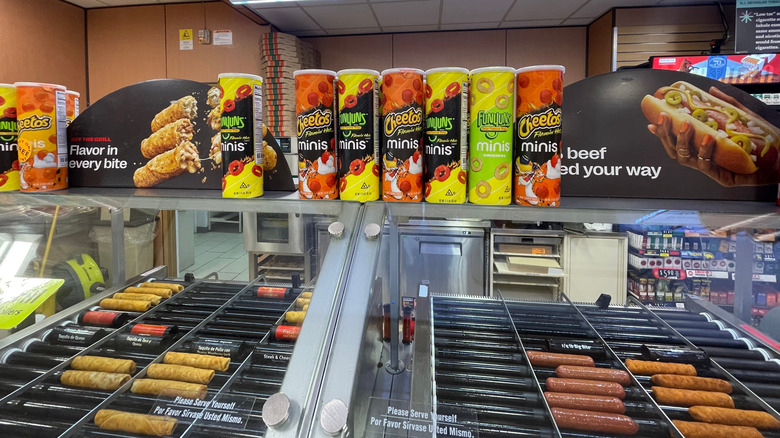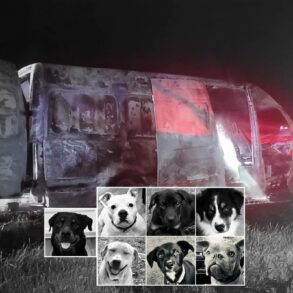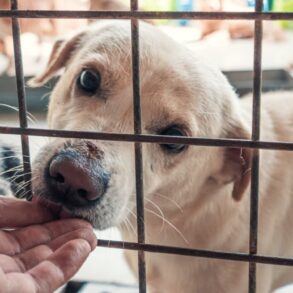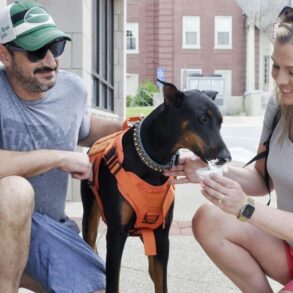When hunger strikes on the road, the humble gas station fuels both the drivers and their cherished vehicles. With a plethora of options, especially considering those with a fanbase like Wawa and Buc-ee’s, gas stations are more than a convenience store; they’re a hub for gathering and sustenance. But be warned, within its menu of hot items lie those you should absolutely avoid — chief among them, the gas station hot dog. Sure, they look and smell very appealing, but anyone considering refueling with a gas station glizzy should think twice, as they’re infamously questionable. Much of this stems from the environment in which the hot dogs are prepared, the timeframe during which the dogs have been on their rolling device, and the potential for being contaminated.
While some will defend the gas station hot dog, there are reasons why they deserve the stink eye. Namely, how long the hot dogs have been rolling for, and what temperature they’ve been kept at. Hot dogs fall under the FDA’s temperature-controlled for safety (TCS) food protocols. Under these rules, stores must hold them at a minimum temperature of 140 degrees Fahrenheit for them to roll throughout the day. Otherwise, they must either be refrigerated or disposed of to avoid pathogen contamination. While these are government-regulated policies, this is more of a game of trust — food inspections depend on the local ordinance and don’t happen every day.
There are plenty of other reasons to be wary of gas station food like hot dogs
In all fairness, there have been no officially documented cases directly linking food poisoning to gas station hot dogs. However, the same can’t be said for other gross station foods like those equally questionable nachos. In 2017, it was found that nacho cheese sold at a Sacramento gas station was responsible for a botulism outbreak that sent ten patrons to the hospital, one of whom died from the illness. Additionally, Stripes — a 7-Eleven-owned convenience store chain — is facing an ongoing lawsuit from 2020 by a man claiming he received food poisoning from one of its tacos.
Gas station hot dogs are also at risk of contamination by the environment around them. Of course, gas station attendants are meant to use tongs or at least wear gloves when handling any food going onto the roller grill, but little guarantees that they always do. That’s in addition to the unsaid inevitability that an unsanitary hand of either the attendant or patron will have touched, returned, and thereby contaminated the hot dog at some point during the day. Regarding sanitation, that’s questionable as well. While there are rules and procedures to follow for cleaning food surfaces like a grill, they only require that utensils, devices, and surfaces be cleaned and sanitized so they don’t create an unsanitary condition. This leaves a lot of potential for anything to go wrong, emphasizing that gas station hot dogs should be consumed at your own risk.
This post was originally published on this site be sure to check out more of their content.














































